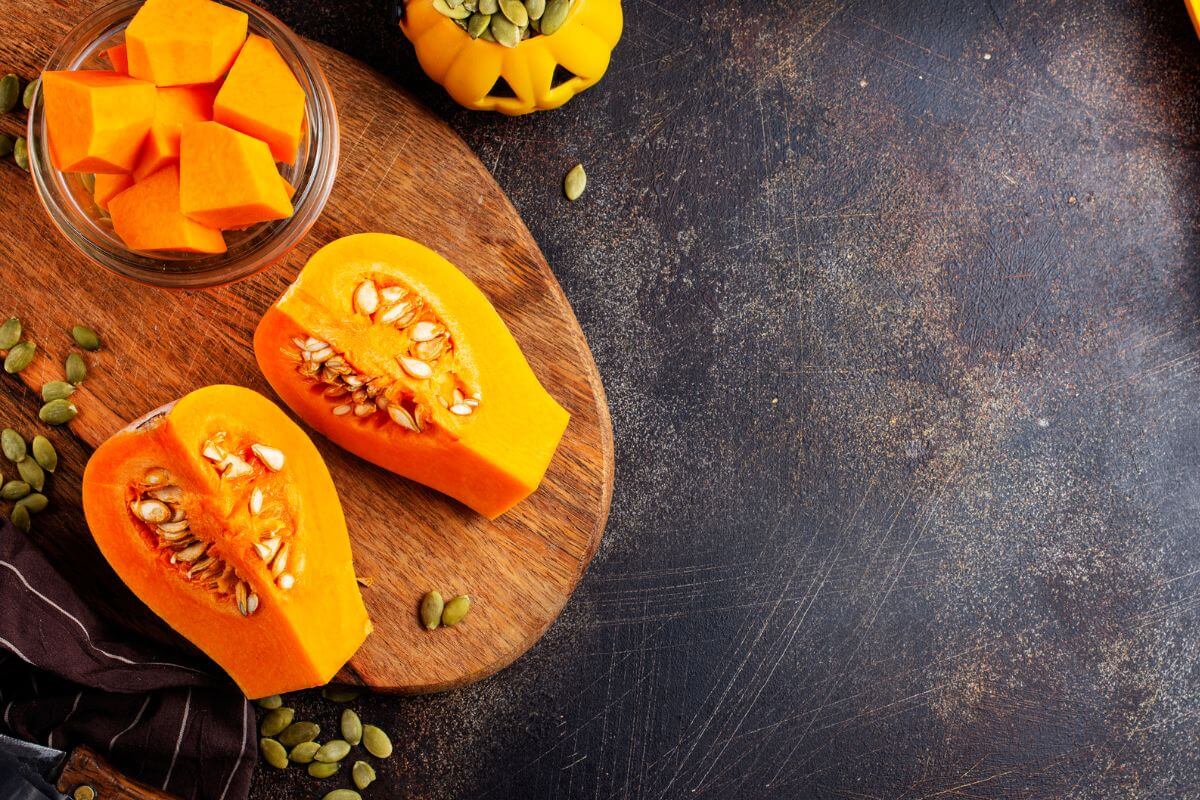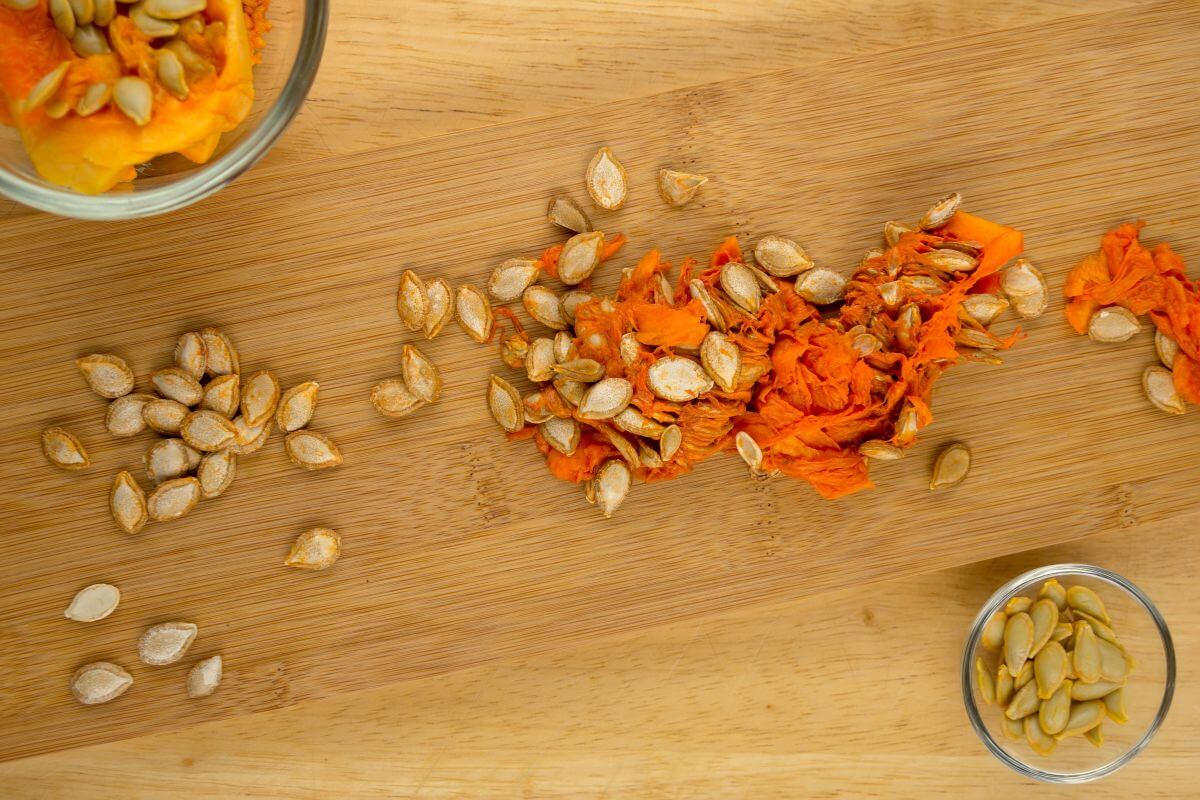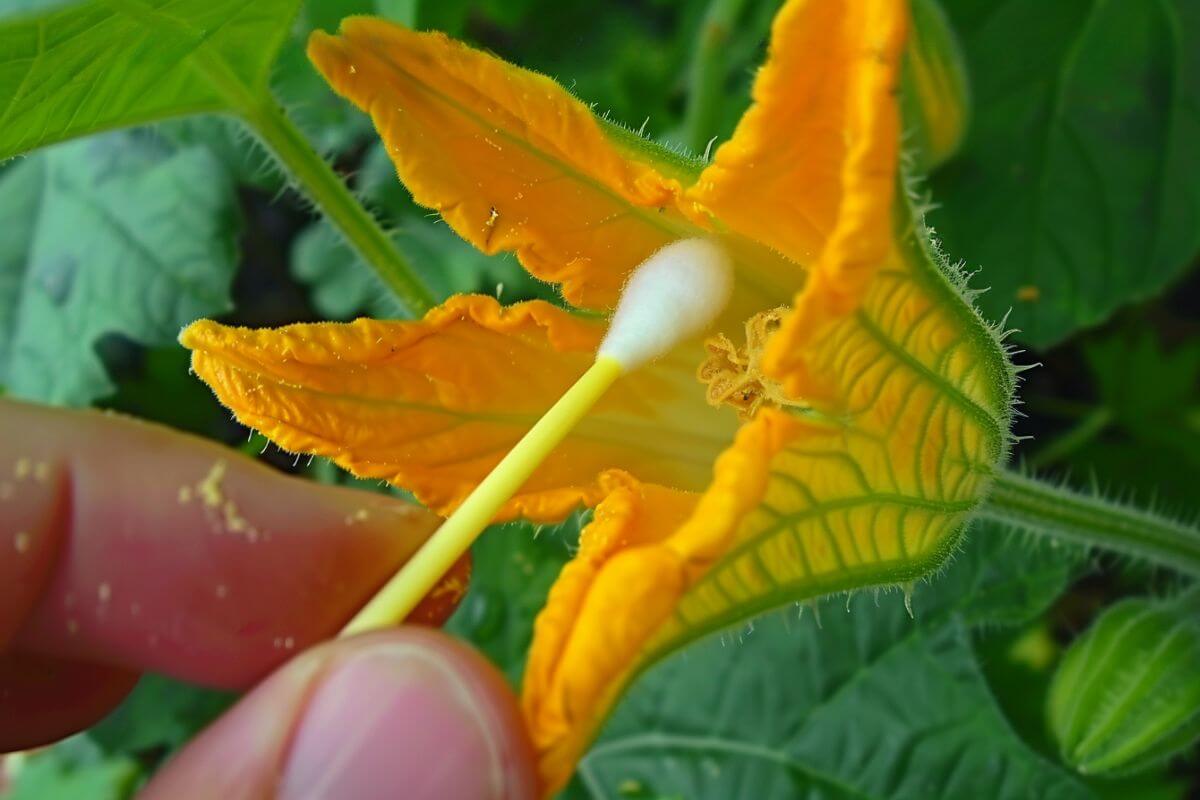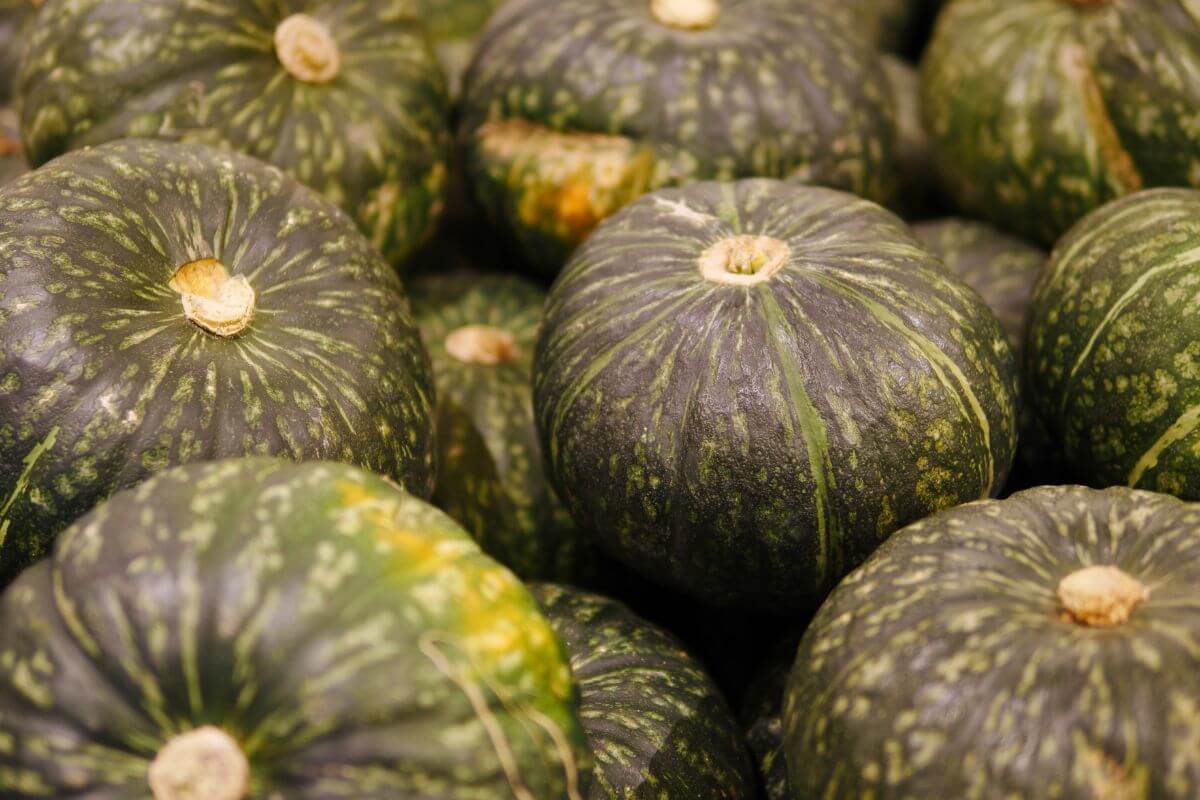Eager to learn about saving squash seeds and growing delicious squash year after year? Learning how to save squash seeds is easier than you might think. Plus, it helps you save money and preserve unique squash varieties.
You’ll discover why saving seeds from your zucchini and yellow crookneck squash is beneficial. We’ll cover traditional seed-saving methods and hand pollination to keep your seeds pure. You’ll also learn how long harvested seeds last and what to know about hybrid seeds.
Ready to become a squash seed saver? Dive in to find practical tips and ensure your garden flourishes with homegrown squash every season!
- Related article: How to Save Seeds
5 Key Takeaways on Saving Squash Seeds
- Saving squash seeds keeps plant variety and makes them strong against environmental issues.
- You can hand-pollinate summer squash like zucchini and yellow crookneck to keep the seeds pure.
- Dry the seeds for 2 to 4 weeks before storing them. This ensures they stay viable. Store them in a cool, dark place below 50°F. Moisture levels should be stable for long-term preservation.
- Hybrid squash seeds won’t breed true. Choose open-pollinated varieties for consistent results.
- Saving seeds helps farmers stay independent and adaptable when crops fail.
Overview of Squash Seeds: Why Save Them?

Zucchini and yellow crookneck squash are summer squash varieties from the Cucurbita pepo species. Saving seeds from these squash helps you save money and enjoy gardening more.
When you save seeds, you keep squash varieties that grow well in your garden. Over time, these plants adapt to your local climate and soil. This makes them stronger against problems. Saving seeds also keeps heirloom varieties like Delicata squash around. These might not be available in stores.
Watch out for cross-pollination, especially among different Cucurbita pepo types like summer squash. To keep seeds pure, you can use hand-pollination or plant them far apart.
Aside from squash seeds, saving and growing cucumber seeds is also great if you are starting a vegetable garden. Cucumbers are easy to grow, thrive in warm weather, and provide a continuous harvest.
How to Save Squash Seeds — Traditional Seed Saving

To save your squash seeds the traditional way, follow these steps:
- Pick ripe squash. It should stay on the vine for at least 4 weeks after picking. Make sure the stem is completely dry.
- Next, cut and scoop. Make a shallow cut along the length of the squash. Pull it apart gently. Slice around the edges of the seed cavity. Scoop out seeds, pulp, and strings into a bowl.
- Then, clean the seeds. Fill a large bowl with cold water. Add the seeds, pulp, and strings. Stir to make viable seeds sink. Discard floaters and pulp. Strain seeds through a colander and rinse to remove leftover pulp.
- After that, dry the seeds. Spread cleaned seeds on a drying screen or paper towels. Let them dry for 2 to 4 weeks, depending on humidity.
- Once dry, remove the seed coating. Gently brush off any flaky seed coating.
- Sort the seeds. Discard any that feel hollow because they are not viable.
- Ensure the seeds are dry. They should be completely hard before storage. If they feel soft, continue drying for another week or two.
- Store the seeds. Place fully dried seeds in a glass jar or paper envelope.
- Label and date the container. Mark it with the squash type and storage date.
- Finally, preserve the seeds. Store them in a cool, dry place. For long-term storage, freeze them for 2 days to eliminate pests before transferring them to a refrigerator.
Squash Seed Saving Through Hand Pollination

First, let’s take a quick look at how traditional and hand-pollinated seed-saving methods differ:
| Aspect | Traditional Seed Saving | Hand Pollination for Seed Saving |
|---|---|---|
| How Pollination Happens | Uses natural pollination by wind, insects, or self-pollination | Manually moves pollen with a brush or cotton swab |
| Seed Source | Seeds come from open-pollinated or heirloom plants | Controls which plants pollinate for specific results |
| Preventing Cross-Pollination | Keeps different plants apart to stop mixing | Covers flowers to stop unwanted pollination |
| Harvesting Seeds | Collects, cleans, dries, and stores seeds for later use | Good for saving seeds from hybrids or creating new hybrids |
| Usefulness | Works for plants that self-pollinate or use natural pollination | Great for plants that don’t self-pollinate easily or special breeding |
| Time and Effort | Less time and effort needed | Takes more time and effort |
Hand-pollinating squash for seed saving keeps seeds pure and prevents unwanted mixing. Here’s how you can do it:
- First, find the right flowers. Look for male flowers with straight stems and female flowers with a swollen base. The swollen base will become the squash.
- Next, prepare the flowers. Cover both male and female flowers with breathable fabric like muslin the evening before they open. This keeps insects away.
- Pollinate early in the morning. When the flowers open, remove the covers.
- Now, transfer the pollen. Take a male flower and remove its petals to expose the pollen. Gently rub the pollen onto the center of the female flower.
- After pollination, re-cover the female flower with the fabric.
- Keep the female flower covered for about two days until it closes.
- Finally, mark the pollinated flower. Tie a ribbon or tape around it for easy identification later.
This method ensures only the right pollen reaches the female flower, keeping seeds pure. It’s great for saving heirloom varieties or creating new ones suited to your garden.
How Long Will Harvested Squash Seeds Last?
You can keep summer squash and winter squash seeds viable for about 4 years if you store them right. This includes zucchini, pumpkins, and other squash types.
To make seeds last longer, store them in a cool and dark place below 50°F. Keep them in their original packaging or an airtight container to control moisture. Moisture affects germination rates. Experts say storing seeds at 45°F with humidity below 40% works best.
Four years is a general guideline. Seeds can last longer if stored well. For instance, one gardener grew a giant squash from an 8-year-old seed.
To check if old seeds are still good, do a germination test. Place a few seeds in damp paper towels and see how many sprout.
Remember, germination rates drop over time. Use fresher seeds or those stored for shorter periods for better results.
What to Know About Saving and Growing Hybrid Squash Seeds

Hybrid squash seeds won’t grow plants like their parents. They will have different traits because hybrids don’t breed true. The next generation of hybrid seeds will vary widely. Some plants may look like either parent and might be quite different from the hybrid.
This process is called “dehybridization,” where you grow successive generations to create a new type similar to the original hybrid. Results can be unpredictable. The squash might vary a lot in size, shape, color, and taste.
For more reliable seed saving, it’s better to use open-pollinated squash varieties instead of hybrids. If you want consistent results with seed saving, start with open-pollinated or heirloom squash varieties.
How GMOs Have Affected Squash Seed Saving
Saving seeds is an ancient practice. But recently, some places have banned it because of GMOs owned by big companies. These companies want to make more money and stop farmers from saving their seeds. This change happened as seed production became separate from farming.
To avoid crop failures, biodiversity is important. Farmers can plant different crops to have backups if one fails. But factory farming prefers growing one crop. This makes farmers rely only on that income and stops them from sustaining themselves with diverse crops.
Final Thoughts on Squash Seed Saving
By saving squash seeds, you not only get tasty squash every year but also help preserve these varieties and practices for future generations. You become not just a seed saver but a seed savior.
Saving seeds has kept some amazing squash varieties alive. If you want to grow open-pollinated squash, research heritage varieties, also known as heirloom varieties.
Heritage fruits and vegetables have been grown for over 50 years. You can find them at online shops like the rareseeds website.
Squash Seed Saving FAQs
1. Can I Save Seeds From Any Type of Squash?
Yes, you can save seeds from both summer (like zucchini) and winter squash (like pumpkins), but ensure they are fully matured on the vine for best results.
2. How Do I Know if Squash Seeds Are Viable?
Conduct a simple germination test by placing seeds in damp paper towels. If most seeds sprout within a few days, they are likely viable.
3. How Long Do Squash Seeds Last?
Properly stored squash seeds can remain viable for about 4 years. Store them in a cool, dark place with stable moisture levels for optimal preservation.
4. Can I Save and Grow Hybrid Squash Seeds?
Yes, but hybrid squash seeds won’t produce plants identical to the parent. The resulting squash may vary significantly in size, shape, and flavor.
For other seed-saving tips for other plants, check these articles out:

